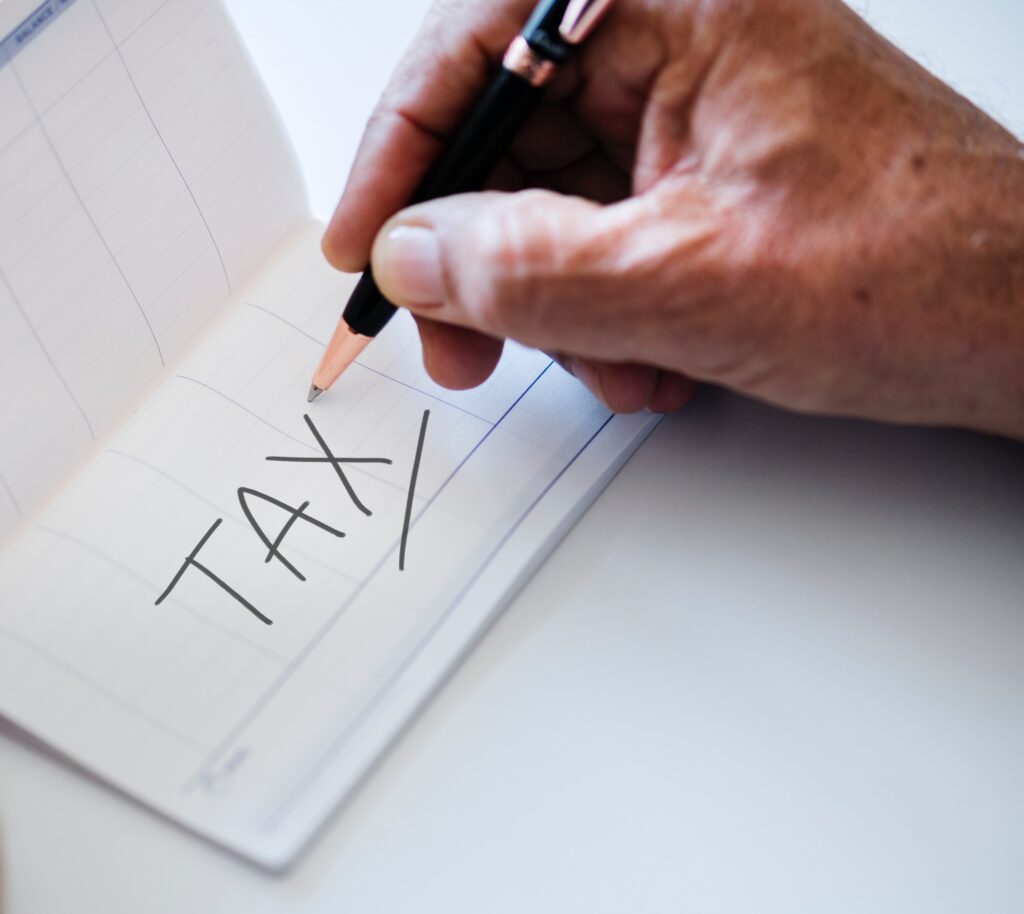
Throughout 2020, Congress passed multiple pieces of legislation—most notably the Coronavirus Aid, Relief, and Economic Security (CARES) Act—offering numerous forms of tax relief to help businesses like yours deal with the economic fallout of COVID-19.
That said, these new laws have also created a tangled web of new tax and accounting changes that can be quite challenging to keep track of. To help you sort through all of the new programs and ensure your business takes advantage of the full range of tax breaks available, in this blog post we’ll provide answers to some commonly asked questions about the coronavirus-related tax changes for 2020.
Q: How does a forgiven Paycheck Protection Program (PPP) loan affect my taxes?
A: The CARES Act specifies that a forgiven PPP loan isn’t considered taxable income, so you won’t have to pay any federal income tax on it. However, some states may end up requiring you to pay taxes on a forgiven PPP loan, so if you are not clear, meet with us to see what our state requires.
What’s more, if you took a PPP loan, it may reduce the amount of business expenses you are able to write off. Typically, business expenses like payroll, rent, and utilities are deductible from your normal taxable income for the year. But if you used your PPP funds to pay for such expenses, those expenses cannot be written off, as the IRS wants to prevent businesses from receiving a “double” tax benefit.
Because you won’t be able to write off as many business expenses, if you took a PPP loan, you may end up with higher taxable revenue in 2020. That said, while the restriction on deductions is an unfortunate aspect of the PPP, it may not be the final ruling. Many in Congress have publicly opposed the new rule, and the recent stimulus proposal, the HEROES Act, reverses the restriction and allows these expenses to be deducted.
That said, the HEROES Act is only a proposal and hasn’t been signed into law, but it’s clear many lawmakers support a change to this part of PPP. Stay tuned for updates, but for now, when developing your end-of-the-year tax strategies, it’s a good idea to assume you won’t be able to deduct these expenses.
Q: Is my business eligible for the Employee Retention Tax Credit (ERTC)?
A: If you did not take a PPP loan, you may be eligible for ERTC. This tax credit is worth 50% of qualifying wages, with payment up to $10,000 per employee. The credit applies to wages paid from March 13, 2020 through January 1, 2021.
You are eligible for the ERTC if your business meets one of two conditions: 1) your business operations were fully or partially suspended as a result of government-mandated COVID-19 shutdown orders, or 2) your business experienced a decline in gross receipts of more than 50% in a quarter compared to the same quarter in 2019. Eligibility for the second condition ends if your gross receipts in a quarter exceed 80% compared to the same quarter in 2019.
You don’t have to wait until the end of the year to claim this credit, and you can file it on your quarterly Form 941. Note that you cannot claim the same employee for the ERTC and the Work Opportunity Tax Credit during the same period.
Q: How will the Economic Injury Disaster Loan (EIDL) program affect my taxes?
A: The EIDL program offered two different types of aid for businesses experiencing financial hardship due to COVID-19: a standard loan that must be repaid over a 30-year term and an emergency cash advance that provided a $1,000 grant per employee up to a $10,000 maximum.
The loan option is still available to businesses in need, and because loans aren’t taxed, if you receive the loan, you won’t pay any taxes on it. The cash advance, which does not need to be repaid regardless of whether you get an EIDL, is no longer available. While there hasn’t been any IRS guidance specifically on the cash advance, it most likely will not be taxable.
The IRS has consistently held that payments made to taxpayers due to natural disasters fall under the “general welfare exception” of the tax code and aren’t taxable. However, the IRS has not issued final guidance to confirm this yet, so contact us for the latest updates.
Q: Are there any other tax breaks included in the CARES Act I should know about?
A: In addition to the PPP, ERTC, and EIDL, the CARES Act also includes temporary changes and updates to federal income tax laws that may offer your business even more tax breaks in 2020. The most notable of these include:
Changes to NOL carrybacks: The CARES Act temporarily removes restrictions the Tax Cut and Jobs Act (TCJA) placed on net operating loss (NOL) carrybacks. If your business had an NOL in 2018, 2019, or 2020, you can now carry back the NOL for 5 years to offset all of the taxable income in those years. For example, if you have an NOL in 2020, that loss can be carried back to 2015.
Such NOL carrybacks allow you to claim refunds for taxes paid in the carryback years. And because tax rates were significantly higher before the TCJA went into effect in 2018, NOLs carried back to those years can result in hefty refunds. If you have available NOLs, you can obtain your refund immediately by filing amended returns for the applicable years.
Increased business interest deduction: For 2019 and 2020, the amount of interest expense your business is allowed to deduct on your tax return is increased to 50% from 30% of your adjusted taxable income. Any business interest expense that isn’t allowed as a deduction for the year is carried forward to the following year.
For 2020, you can apply the 50% deduction limit based on your 2019 income. This change should increase the interest expense deduction for your business, since the vast majority of companies will have more taxable income in 2019 than 2020 due to COVID-19.
Immediate refund for AMT credit: If you were eligible to receive corporate alternative minimum tax (AMT) credits at the end of 2021, you can now claim a refund immediately.
Bonus depreciation on qualified improvement property: If you made certain improvements to the interior of your business space, you can now treat the costs as fully deductible using bonus depreciation in the year in which you placed the property in service. This means you could have an immediate write-off equaling 100% of your business improvement costs in the year they were incurred. Previously, such costs had to be depreciated over 39 years.
Don’t Miss Out
Most of these changes are only temporary, so if you fail to take advantage of these tax breaks this year, you’ll miss out on huge tax-savings opportunities that likely won’t ever come again. What’s more, you can access many of these forms of relief right now, so you shouldn’t wait until the end of the year to take advantage of these programs.
Yet, because these changes are so complex and your state and local tax laws may have additional requirements, you should consult with Tyler Q. Dahl, a Certified Tax Coach, in conjunction with your CPA for support. Contact us to work with you and your CPA to help you choose the tax breaks best suited for your business and ensure you get the maximum benefit from the ones you qualify for.



